Enter the magical world of Joshua Tree National Park and discover the captivating beauty hidden within this natural wonder in the middle of the desert. This amazing national park, which is located in Southern California, is a haven of amazing scenery, famous Joshua Trees, and dark skies. Joshua Tree offers a wide range of experience that are nothing less than of wonderful, whether you’re a lover of nature, a skilled photographer, or just who wants peace.
As you go through the heart of Joshua Tree National Park with the help of this blog, we hope to be your companions. Every feature of this park has a tale to tell, from the bizarre Joshua Tree shapes to the ancient rock formations that adorn the landscape. We’re available to respond to your inquiries, share our knowledge, and offer suggestions as you work to create a trip that will live in your spirit forever.
Do you want to know when to go? Do you have questions regarding entry costs or must-see sights? Want to find hidden photography gems? We have your back. Pack with excitement and feeling of amazement because Joshua Tree National Park is waiting for you. Let’s embark on a discovery journey where each turn reveals a different part of nature’s beauty. Discover with us the secrets, peace, and beauty of Joshua Tree National Park.
Choosing the Right Time to Visit
As you prepare for your adventure in Joshua Tree National Park, one of the first decisions you’ll make is determining the best time to experience its breathtaking landscapes. The park’s climate and conditions vary throughout the year, offering unique charms for every season.
Exploring Seasons and Weather
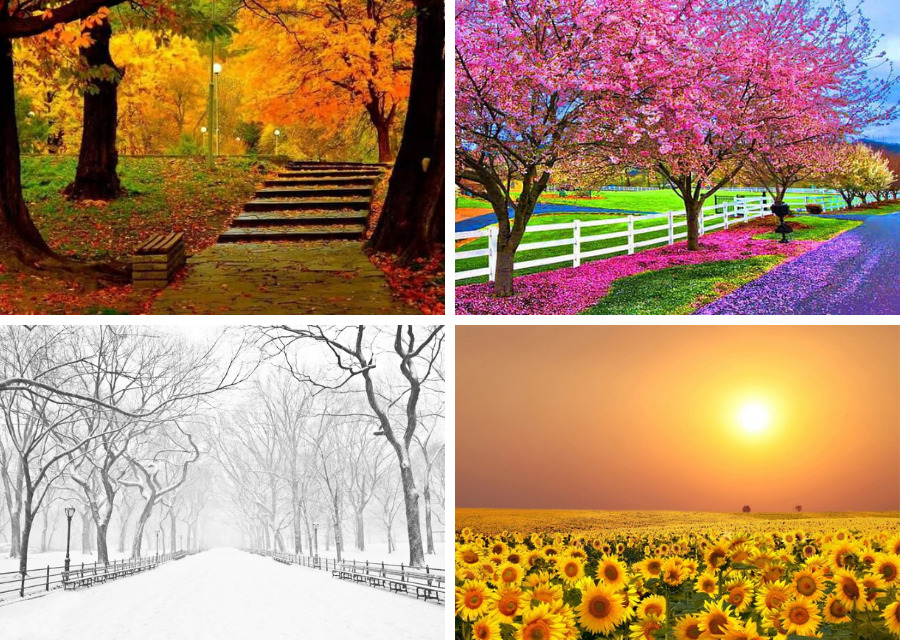
Spring (March to May) blooms with vibrant wildflowers, creating a colorful tapestry across the desert. The temperatures are mild and pleasant, making it an ideal time for hiking and exploring. Fall (September to November) also offers comfortable temperatures, and the golden hues of autumn paint a serene backdrop.
Summer (June to August) brings the desert’s characteristic heat. While daytime temperatures can be intense, early mornings and evenings provide cooler hours for outdoor activities. Just remember to stay hydrated and protect yourself from the sun’s rays.
Winter (December to February) reveals a tranquil side of the desert, with cooler temperatures and fewer crowds. Clear skies make it an exceptional time for stargazing, and some of the park’s higher elevations might even see a dusting of snow.
Crowds and Timing
Timing your visit can also help you avoid peak tourist seasons. Spring and fall tend to attract more visitors due to the mild weather, while summer and winter see fewer crowds. If you prefer a quieter experience, consider planning your trip during the off-peak seasons.
We’ll study further into all that each season in Joshua Tree National Park has to offer in the sections that follow so you can choose the time that best fits your desired experience. Therefore, Joshua Tree is prepared to welcome you with open arms whether you’re seeking the bloom of flowers, the comfort of summer activities, the quiet of a winter fleeing, or anything else in between.
Entry Fees and Other Costs
It’s important to know about the entrance fees and expenses related to visiting Joshua Tree National Park before you go on your adventure. Your contributions are important to the park’s preservation and conservation in addition to giving you access to its hidden gems.

Understanding Entrance Fees
Joshua Tree National Park operates on a fee-based system, with different options available to suit your needs. The following fee structure provides a glimpse into the choices you’ll encounter:
Private Vehicle: For a set fee, good for up to seven consecutive days, you can bring your car and any passengers with you.
If you’re arriving on foot, a bike, or a motorcycle, this fee covers admission for one person for seven days.
Motorcycle: This fee entitles you to entry for up to seven days if you’re touring the park on a motorcycle.
Consider purchasing an America the Beautiful National Parks and Federal Recreational Lands Annual Pass if you frequently visit national parks. You have access to more than 2,000 federal recreation facilities across the nation with this pass, including Joshua Tree National Park.
Benefits of Fees
While entrance fees contribute to the cost of maintaining the park’s facilities, trails, and amenities, they also contribute to the conservation of its natural and cultural resources. Your support aids in preserving the stunning landscapes and ecosystems that make Joshua Tree a unique and invaluable destination.
By choosing to pay the entrance fee, you’re not only gaining the opportunity to explore this remarkable park but also becoming a part of its ongoing story. Your visit contributes to the legacy of conservation, ensuring that future generations can revel in the beauty of Joshua Tree just as you are about to.
In the next sections, we’ll delve into the must-see attractions that await you within Joshua Tree National Park, guiding you through the remarkable landscapes and experiences that make this desert oasis a cherished destination for all who visit.
Attractions in Joshua Tree National Park You Must Visit
Prepare to travel through some of Joshua Tree National Park’s finest sights. These spots are the core and soul of your desert excitement, from the famous Joshua Trees themselves to the amazing views that grow in front of you.
Joshua Trees and iconic rock formations
A true desert sentinel, the Joshua Tree gives the park its name. These common trees have bent branches and sharp branches standing tall toward the desert sky, giving them a surreal silhouette. That they exist serve as proof of nature’s capacity to adapt to changing conditions and grow.
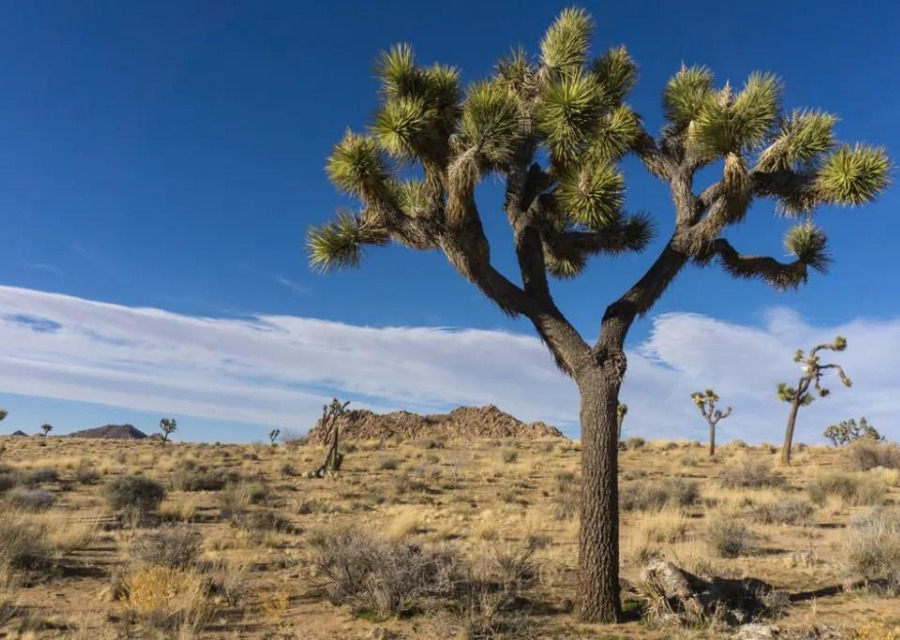
Even more attracting than the park’s tree cover are its rock formations. From the desert floor, smooth, changed boulders stand out, inviting exploration and stoking the imagination. Each formation has an individual tale to tell, from Head Rock’s whimsical skull-like similarities to Arch Rock’s included natural arch.
Points of Interest
While every corner of Joshua Tree National Park holds its own allure, there are several points of interest that stand out as must-see attractions:
At a height of more than 5,000 feet, Keys View offers expansive views that reach all the way from the Coachella Valley to Mexico. On clear days, you can even catch a distant glimpse of the Salton Sea shimmering.
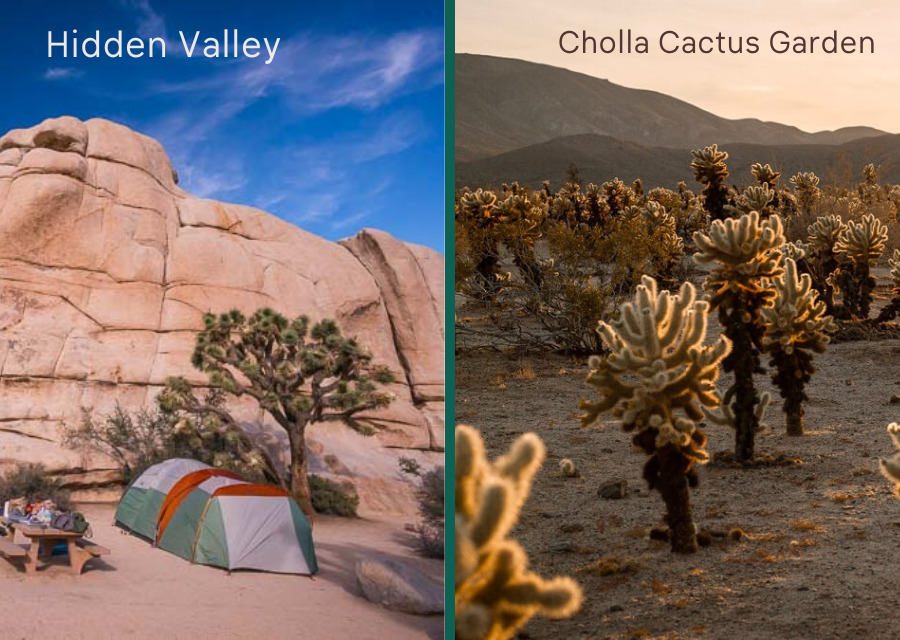
Hidden Valley: A serene and segregated oasis in the desert, Hidden Valley stands out for its lush landscape from its surroundings. This short trail leads you through various rock formations and is a great place to observe birds.
The Cholla Cactus Garden: Enter a botanical wonderland at the Cholla Cactus Garden, where the spiky elegance of cholla cacti adorns the landscape. The golden hours of sunrise and sunset make this garden even more beautiful.
In the sections that follow, we’ll explore the best routes to get to Joshua Tree from nearby cities, learn more about the services and amenities offered inside the park, and offer advice on what you should have with you to guarantee that your trip is truly memorable. Let’s continue with our study of the attractive landscapes of Joshua Tree National Park.
Services and Facilities
It makes sense to be curious about what services are available to ensure a comfortable and enjoyable experience when exploring the wild beauty of Joshua Tree National Park. Know that the park has taken steps to offer necessary services while maintaining its surroundings.
Water, restrooms, and picnic areas
A day of desert investigation can make you thirsty and hungry, but Joshua Tree National Park has you covered. The park’s strategically placed restrooms provide convenient locations for quick place stops. Additionally, some locations have water supply points to help you stay hydrated all through your adventure.
For those looking to savor a meal or simply take a break, designated picnic areas provide a tranquil setting to enjoy nature while indulging in a snack or lunch. These spots are not only practical but also offer a chance to soak in the beauty of the park’s landscapes.
Tourist Information Centers
The visitor centers in the park are excellent sources for the most recent information, maps, and suggestions. The park’s helpful guards are available to answer your queries, provide follow directions, and even share their knowledge of the park’s environment and history. Whether you’re an expert traveler or a first-time visitor, these centers provide a friendly greeting and a wealth of knowledge to improve your experience.
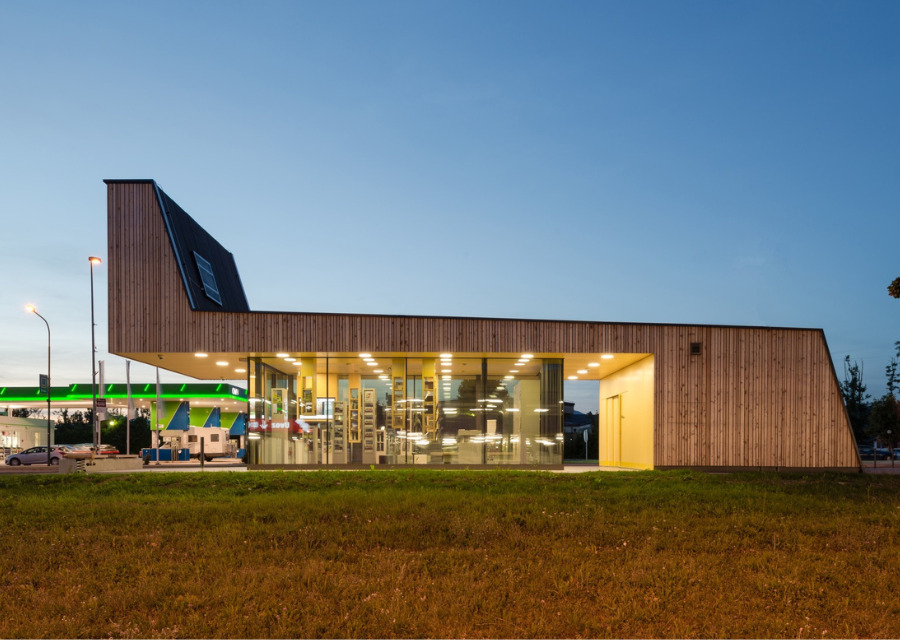
As we continue our journey through Joshua Tree National Park, we’ll guide you on the best ways to reach this desert paradise from nearby cities.
Getting to Joshua Tree National Park
As the excitement builds for your Joshua Tree National Park adventure, it’s essential to have a clear understanding of how to reach this desert sanctuary. Whether you’re coming from nearby cities or exploring further afield, there are various routes and transportation options to consider.
City Access from Close-by Areas
You’re in luck if you’re beginning your journey in a place like Los Angeles, Palm Springs, or San Diego. Popular destination Joshua Tree National Park is comparatively close to these urban centers. Here is a quick overview of how to get there:
A 2.5 to 3-hour drive from Los Angeles will get you to the park. Joshua Tree can be reached by taking I-10 East to the CA-62 East exit.
You’ll enjoy a shorter drive of approximately 45 to 1 hour if you’re starting in Palm Springs. Take CA-111 North, then turn left onto CA-62 East.
The drive should take you between three and five hours if you’re coming from San Diego. Take CA-79 North, then I-15 North, then I-10 East and CA-62 East to reach your destination.
Options for Public Transit
There are a few public transportation options, but most people choose to travel to the park by private vehicle. If you’d rather not drive or prefer a more guided experience, shuttle services and guided tours are two alternatives to take into account. It’s important to keep in mind that these choices may be subject to restrictions and specific timetables, so it’s best to check for availability and make plans in advance.
As we travel further, we’ll delve into the necessities you should take with you on your Joshua Tree adventure. reveal the top locations for photographers, and make sure you’re ready to make the most of your time in this desert wonderland.
Packing Essentials for Your Visit
As you prepare to immerse yourself in the captivating landscapes of Joshua Tree National Park, packing the right essentials is key to ensuring a comfortable and enjoyable experience. The desert environment presents its unique challenges and delights, and having the right gear can make all the difference.
Dress and Equipment
Robust Footwear: For getting around the rocky terrain, you must have comfortable hiking boots or closed-toe shoes. Your feet will be covered from uneven surfaces and given support.
Sun protection: To protect yourself from the harsh desert sun, don’t forget to bring a broad-brimmed hat, glasses, and sun protection.
Lightweight layers are best for adjusting to the day’s temperature changes. The sun can also be warded off with a breathable long sleeve shirt.
For safe navigation, a head lamp or flashlight is a necessity if you intend to hike at dawn or dusk.
Materials and Food
Water is essential for hydration, so bring plenty with you. Drink more fluids than you think you need because the dry desert air can cause rapid dehydration.
During your adventures, you’ll stay fueled with energizing snacks like trail mix, energy bars, and fruits.
A basic first aid kit should always be kept on hand and contain items like bandages, antiseptic wipes, and any personal medications.
Navigational aids: If you intend to explore less-traveled trails, a map, compass, or GPS unit can be extremely helpful.
Exploration and photography
Camera equipment: To capture the magic of the desert, photographers should bring their camera, extra batteries, memory cards, and a sturdy tripod.
Binoculars are a useful addition if you enjoy birdwatching or just want to observe wildlife up close.
Notebook and Pen: Record your experiences, make notes about what you notice, or just draw the beautiful landscapes you see.
By preparing with these essentials, you’ll be well-equipped to make the most of your time in Joshua Tree National Park. In the upcoming sections, we’ll unveil the best photography spots to capture your memories, provide insights on the park’s facilities.
Capturing Memories: Best Photography Spots
For photography enthusiasts and anyone seeking to capture the beauty of Joshua Tree National Park, you’re in for a treat. The park’s landscapes are a canvas waiting to be immortalized in your snapshots. Here are some of the best spots to unleash your creativity:
Sunrise and Sunset Hotspots
Keys View: Start your day with a breathtaking sunrise from this panoramic viewpoint. The early morning hues paint the desert in an ethereal light.
Barker Dam: At dawn and dusk, the tranquil waters of Barker Dam reflect the sky’s vibrant colors, creating a picturesque scene.
Arch Rock: This natural rock arch is a stunning frame for the rising or setting sun. Capture the play of light and shadows as the desert transforms.
Stargazing and Night Sky Photography
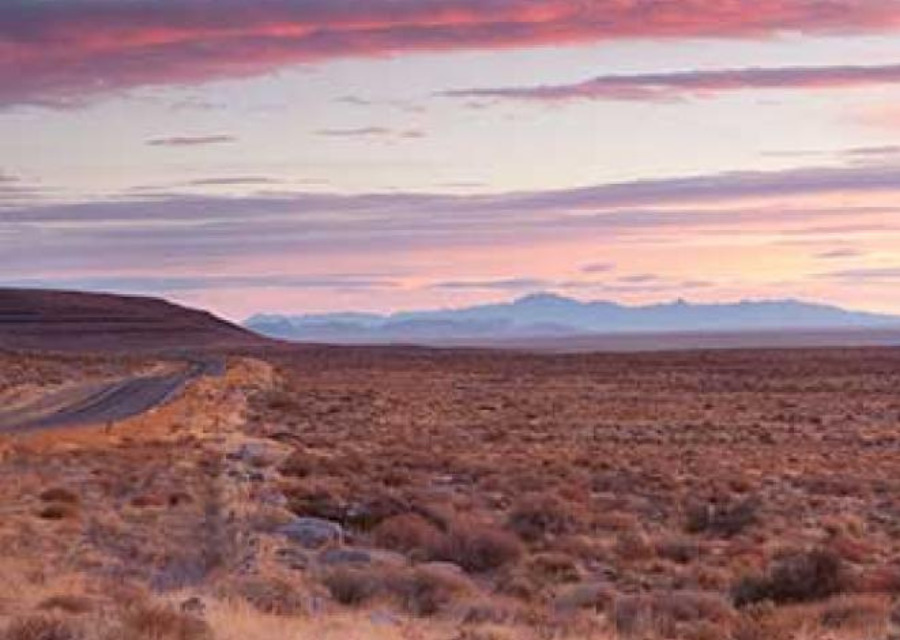
Black Rock Canyon: With its elevation and darker skies, Black Rock Canyon offers an ideal setting for capturing the mesmerizing night sky.
Jumbo Rocks: The unique rock formations against a backdrop of stars create a dreamy celestial scene perfect for night sky photography.
Cholla Cactus Garden: The cacti silhouette against a starlit sky offers a magical and contrasting visual that’s worth capturing.
Whether you’re using a smartphone or a professional camera, these spots offer opportunities to capture the park’s essence in all its glory.
In the upcoming sections, we will conclude our journey.
Conclusion
As we conclude our journey through Joshua Tree National Park, we hope you’re filled with excitement and anticipation. This desert wonderland offers a variety of experiences, from iconic Joshua Trees as monitors of resolve to mysterious stones resembling dreams.
From all of us who have journeyed with you through these virtual pages. we wish you an unforgettable time in the embrace of Joshua Tree National Park. Safe travels, fellow explorer, and may your path be as enchanting as the landscapes that await you.

